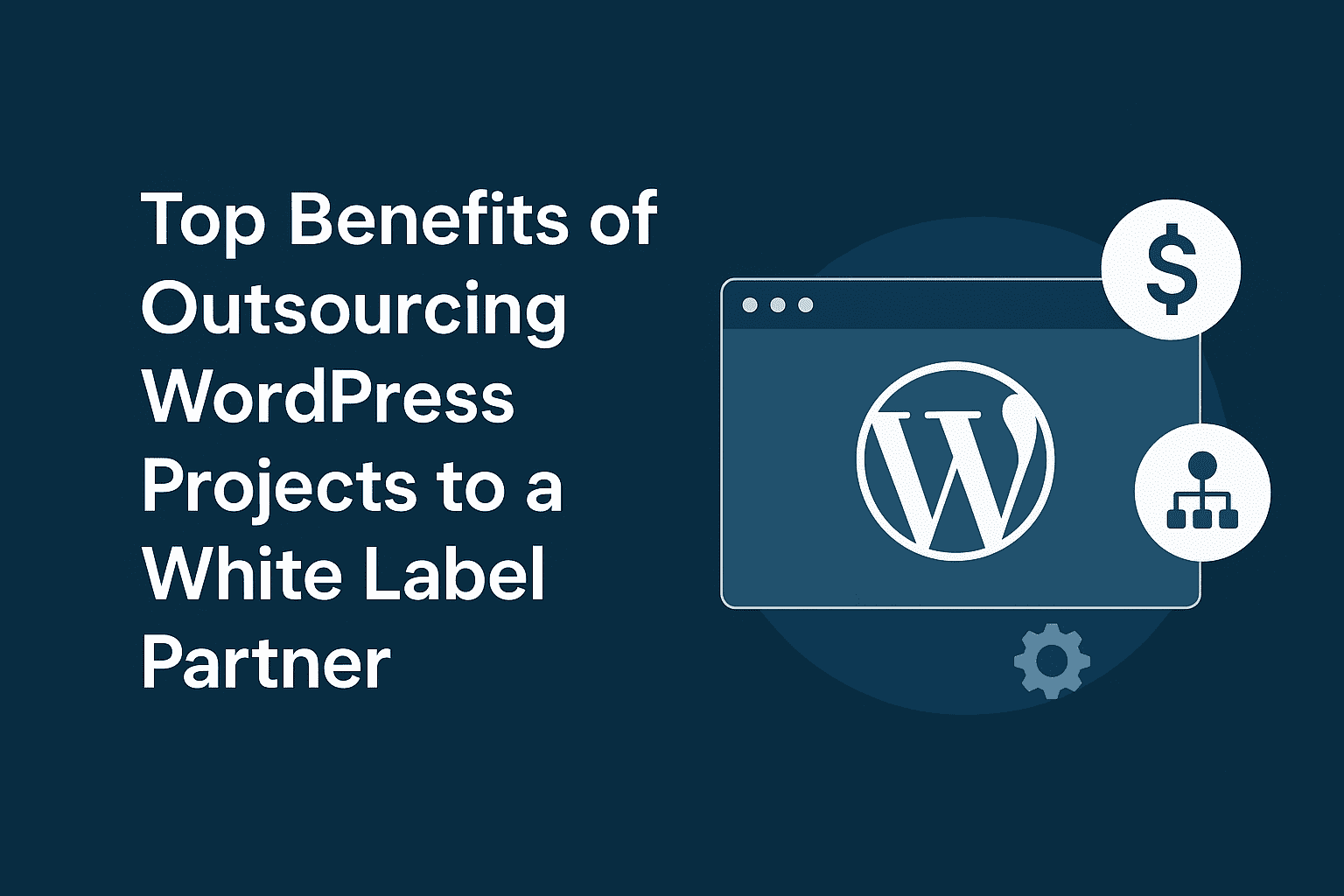In the evolving landscape of web development, performance is no longer a luxury – it’s a necessity. In 2025, user expectations are at an all-time high, and Google’s search algorithms continue to prioritize fast, responsive, and stable websites. For WordPress developers and businesses alike, understanding and implementing Core Web Vitals is essential. This blog post delves deep into performance engineering for WordPress, showcasing the latest techniques, tools, and AI-driven strategies to help your website meet and exceed Core Web Vitals benchmarks
Understanding Core Web Vitals in 2025
Core Web Vitals are a set of metrics introduced by Google to measure real-world user experience. As of 2025, they include:
- LCP (Largest Contentful Paint) – Measures loading performance. A good score is under 2.5 seconds.
- INP (Interaction to Next Paint) – Replaces FID (First Input Delay) as the main interactivity metric. INP should be below 200ms.
- CLS (Cumulative Layout Shift) – Assesses visual stability. A good score is below 0.1.
These metrics affect not just user experience but also SEO rankings. WordPress sites that ignore these benchmarks risk losing visibility, traffic, and ultimately revenue.
Why Web Performance Engineering Matters
Web performance engineering is a systematic approach to optimizing website speed, responsiveness, and stability. Unlike basic speed tweaks, it involves an in-depth analysis of:
- Frontend rendering paths
- Server response times
- JavaScript execution
- Third-party assets
- Hosting infrastructure
For WordPress, which powers over 40% of the web, performance engineering also involves tackling plugin bloat, optimizing themes, and configuring the backend efficiently.
AI’s Role in Web Performance Optimization
AI has transformed how we approach performance. In 2025, AI doesn’t just suggest improvements – it automates them. Here’s how:
- Predictive Asset Loading AI algorithms can analyze user behavior and pre-load assets likely to be needed next. Tools like Cloudflare’s Smart Prioritization use machine learning to speed up perceived load time.
- AI-Driven Image Optimization Plugins like ShortPixel AI and Cloudinary optimize images in real-time by adjusting resolution, format (e.g., WebP, AVIF), and compression levels based on device type and connection speed.
- Intelligent Lazy Loading Traditional lazy loading defers offscreen images and iframes. AI-enhanced systems use behavior tracking to preload content users are most likely to scroll to.
- Automated Code Optimization AI tools like NitroPack rewrite code, eliminate render-blocking resources, and minify assets automatically, offering real-time optimizations with minimal developer input.
Optimizing WordPress for Core Web Vitals
1. Frontend Optimization
- Critical CSS: Use tools like PurifyCSS or AI-based CriticalCSS generators to inline essential styles.
- JavaScript Deferral: Delay non-critical JS with Flying Scripts or WP Rocket. Use AI to determine optimal deferral strategies.
- Font Loading: Host fonts locally and use font-display: swap to prevent blocking.
- Third-party Scripts: Monitor and limit the number of external scripts. Use AI tools to evaluate impact on performance.
2. Backend & Hosting
- Object Caching: Implement Redis or Memcached for fast database access.
- Server-Level Compression: Use Brotli or GZIP to reduce transfer sizes.
- Edge Caching: Use Cloudflare APO or BunnyCDN with smart edge rules to deliver content faster.
- Server Infrastructure: Migrate to PHP 8.2+, use NGINX or LiteSpeed, and consider containerization for enterprise-level performance.
3. Media Management
- Convert Images to WebP/AVIF: These next-gen formats drastically reduce size without loss of quality.
- Responsive Images: Implement srcset and sizes attributes to deliver optimal image sizes.
- AI-Generated Placeholders: Use SVG or blurred placeholders generated by AI to improve LCP without heavy loading.
4. Theme & Plugin Strategy
- Choose lightweight, performance-optimized themes like GeneratePress or Astra.
- Deactivate and delete unused plugins.
- Replace bulky plugins with lightweight or custom-built alternatives.
- Audit plugins regularly with tools like Query Monitor.
Monitoring & Continuous Optimization
Performance engineering is not a one-time fix – it’s an ongoing process. Here’s how to maintain optimal performance:
Recommended Monitoring Tools
| Tool | Purpose | AI Feature |
|---|---|---|
| Google PageSpeed | Real-time Core Web Vitals scores | Predictive recommendations |
| GTmetrix | Deep performance audits | AI-generated waterfall insights |
| WP Umbrella | Plugin & uptime monitoring | Anomaly detection with AI alerts |
| Cloudflare APO | Edge caching + performance routing | Smart edge rule automation |
| NitroPack | One-click AI optimization | Code rewriting, CDN integration |
Business Impact of Web Performance in 2025
The performance of your WordPress site impacts:
- Search Rankings: Google favors high Core Web Vitals scores.
- User Engagement: Faster sites reduce bounce rates by 40% or more.
- Conversions: Every 1-second delay can reduce conversions by up to 20%.
- Revenue: Especially for eCommerce, performance directly affects sales volume.
Case studies show that businesses investing in performance engineering see significant ROI within months through improved organic traffic and conversion rates.
The Future of Performance: Personalized, AI-Driven, Continuous
With the rise of AI, web performance is becoming increasingly autonomous. Developers can now focus on strategy and architecture while AI handles repetitive optimization tasks. Looking ahead, we can expect:
- Real-time performance scoring by search engines.
- AI-generated UI elements tailored for speed.
- Predictive performance alerts and autonomous remediation.
For agencies, this shift means offering performance as a managed service – helping clients monitor, maintain, and improve performance continuously.
Conclusion
In 2025, Web Performance Engineering is not just about meeting Google’s standards – it’s about exceeding user expectations in a hyper-competitive digital world. By leveraging AI tools, modern development practices, and a performance-first mindset, WordPress professionals can build faster, smarter, and more resilient websites.
If you’re ready to audit or upgrade your WordPress site’s performance, or need a partner to implement cutting-edge optimization strategies, contact me today.
Need Help Optimizing Your WordPress Site?
As a performance-focused WordPress developer and SEO expert, I help agencies and businesses:
- Achieve lightning-fast load times
- Improve Core Web Vitals for better SEO
- Use AI-powered tools for automation and speed
Book a consultation or request a custom audit at vnmaurya.com.



